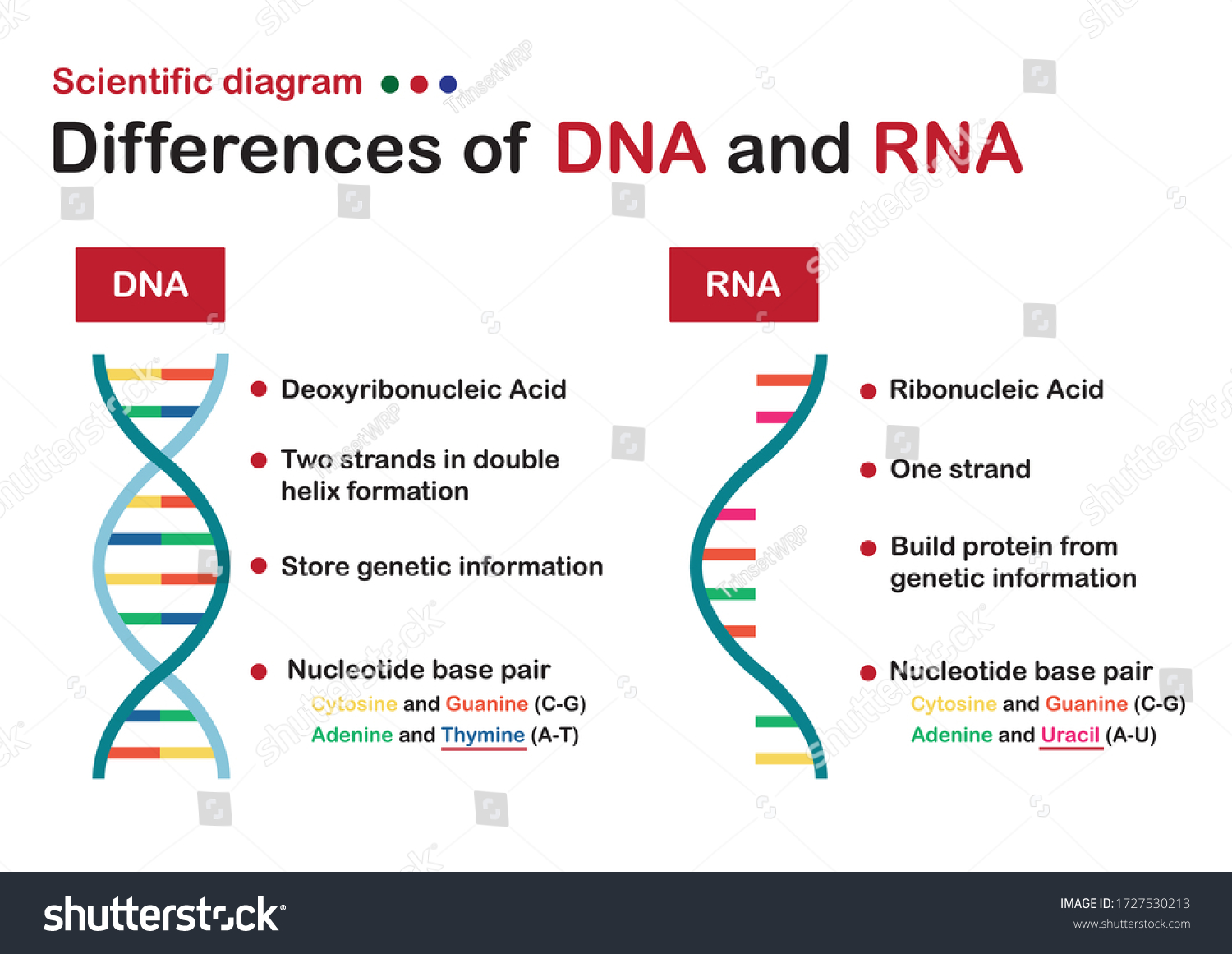The human genome, an intricate tapestry woven from deoxyribonucleic acid (DNA), holds the blueprint of our biological individuality. A question that inevitably arises is: can we compare the DNA of two individuals? The answer, unequivocally, is yes. But the implications, methodologies, and nuances of such comparisons are far more multifaceted than a simple affirmation suggests. Let us embark on a journey to dissect the capabilities and caveats of inter-individual DNA comparison.
I. Unveiling the Genetic Landscape: The Foundation of Comparison
At the heart of DNA comparison lies the fundamental understanding of the genome’s architecture. Each human cell (excluding erythrocytes) contains a complete copy of the genome, organized into 23 pairs of chromosomes. These chromosomes comprise approximately 3 billion base pairs, arranged in a double helix structure. The sequence of these base pairs (Adenine, Thymine, Cytosine, and Guanine) dictates the genetic code. While a vast majority of the human genome is remarkably consistent across individuals (estimated to be around 99.9% identical), the remaining 0.1% harbors the genetic variations that differentiate us.
These variations, known as polymorphisms, include single nucleotide polymorphisms (SNPs), insertions/deletions (indels), and copy number variations (CNVs). These minute differences are the grist for the mill of DNA comparison.
II. Methodologies for Inter-Individual DNA Comparison: A Toolkit of Techniques
Several sophisticated techniques are employed to compare DNA between individuals. These methods vary in their resolution, throughput, and applicability to specific research questions.
A. Restriction Fragment Length Polymorphism (RFLP) Analysis: A historical cornerstone, RFLP analysis leverages restriction enzymes to cleave DNA at specific recognition sequences. Variations in these sequences between individuals result in fragments of different lengths, which can be visualized using gel electrophoresis. While largely superseded by more advanced methods, RFLP remains a valuable tool for certain applications.
B. Short Tandem Repeat (STR) Analysis: The workhorse of forensic science, STR analysis focuses on highly variable regions of the genome containing short, repeating DNA sequences. The number of repeats at each STR locus varies between individuals, providing a unique genetic fingerprint. Multiplex PCR amplifies multiple STR loci simultaneously, enabling rapid and accurate identification.
C. Single Nucleotide Polymorphism (SNP) Genotyping: SNPs, the most abundant type of genetic variation, are ideal targets for genome-wide association studies (GWAS) and personalized medicine. SNP genotyping platforms, such as DNA microarrays and high-throughput sequencing, allow for the simultaneous analysis of hundreds of thousands or even millions of SNPs across the genome. This provides a granular view of genetic differences between individuals.
D. Whole-Exome Sequencing (WES) and Whole-Genome Sequencing (WGS): These cutting-edge technologies provide a comprehensive view of an individual’s genetic makeup. WES focuses on the protein-coding regions of the genome (the exome), while WGS sequences the entire genome, including both coding and non-coding regions. These methods are particularly useful for identifying rare genetic variants associated with disease or unique phenotypic traits.
III. Applications of DNA Comparison: A Wide-Ranging Spectrum
The ability to compare DNA between individuals has revolutionized numerous fields, spanning medicine, law, and anthropology.
A. Forensic Science: DNA profiling, based on STR analysis, is a cornerstone of forensic investigations. It allows for the identification of suspects, exoneration of the wrongly accused, and resolution of paternity disputes with unparalleled accuracy.
B. Personalized Medicine: Inter-individual variation in drug response is a major challenge in healthcare. Pharmacogenomics, the study of how genes affect a person’s response to drugs, utilizes DNA comparison to tailor medication and dosage to an individual’s genetic profile, maximizing efficacy and minimizing adverse effects.
C. Genetic Disease Diagnosis and Risk Assessment: DNA comparison plays a crucial role in diagnosing genetic diseases, identifying carriers of disease-causing genes, and assessing an individual’s risk of developing certain conditions, such as cancer or cardiovascular disease. Techniques such as WES and WGS are particularly valuable in identifying rare genetic variants associated with these conditions.
D. Ancestry Tracing and Genealogical Research: DNA comparison can provide insights into an individual’s ancestry and geographical origins. By comparing an individual’s DNA to reference populations from around the world, it is possible to estimate their ethnic makeup and trace their family history. This field has exploded in popularity, with numerous direct-to-consumer DNA testing services available.
E. Transplantation Medicine: Human Leukocyte Antigen (HLA) typing, a form of DNA comparison, is essential for matching organ donors and recipients. HLA genes encode proteins that play a critical role in the immune system, and matching HLA types between donor and recipient minimizes the risk of rejection.
IV. Ethical Considerations: Navigating the Moral Maze
The power to compare DNA between individuals comes with significant ethical responsibilities. Concerns regarding privacy, data security, and potential for genetic discrimination must be carefully addressed. The use of DNA data should be governed by strict regulations and ethical guidelines to ensure responsible and equitable application.
A. Genetic Privacy: The potential for unauthorized access to and misuse of genetic information is a major concern. Protecting the privacy of individuals’ genetic data is paramount.
B. Genetic Discrimination: The use of genetic information to discriminate against individuals in employment, insurance, or other contexts is unethical and illegal in many jurisdictions.
C. Informed Consent: Individuals should provide informed consent before undergoing DNA testing, understanding the potential implications of the results and how their data will be used.
V. The Future of DNA Comparison: Horizons of Discovery
The field of DNA comparison is constantly evolving, driven by technological advancements and a deeper understanding of the human genome. As sequencing technologies become more affordable and accessible, and as computational tools for analyzing genetic data become more sophisticated, the possibilities for DNA comparison will continue to expand. We are entering an era where personalized medicine, disease prevention, and a deeper understanding of human biology are within reach. The ability to compare DNA between individuals will continue to be a powerful tool, shaping the future of healthcare, science, and society.










Leave a Comment